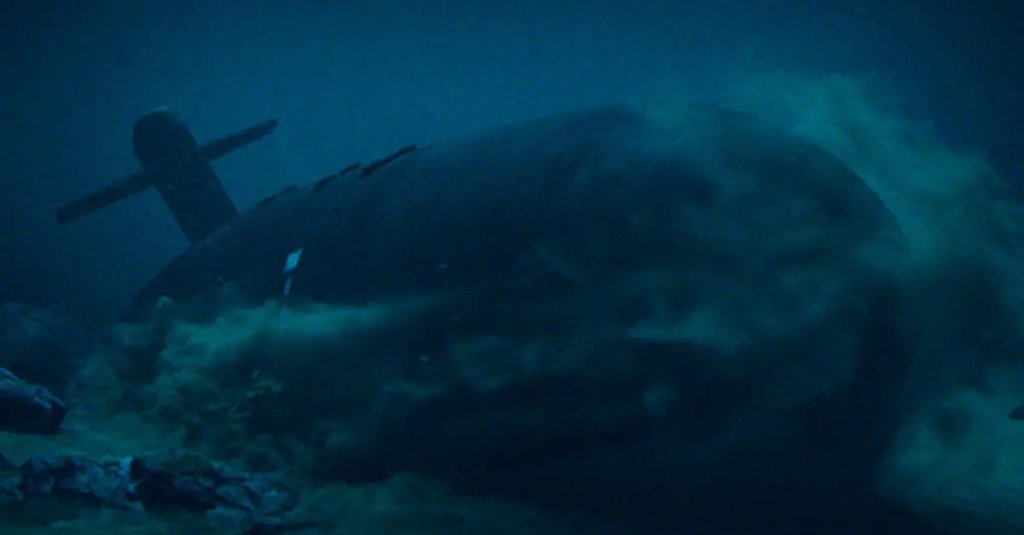

Before getting too deep into the details, let it be known that American nuclear submarines can come to rest on the ocean floor. Even since the early days of the nuclear sub program – dating back to Admiral Hyman Rickover himself – these submarines have been able to touch the bottom of the ocean, so long as that bottom wasn’t below their crush depths.
But the more important question is whether they should touch the bottom or not.
The Navy’s Seawolf-class nuclear submarine first started its active service life in 1997, and while it’s not the latest and greatest class, it is a good midrange representation of the possibilities of a nuclear sub. Like all U.S. nuclear subs, its real crush depth is classified, but it has an estimated 2,400 to 3,000 feet before its time runs out. So the Seawolf and its class can’t touch the very depths of any ocean, but it is able to come to rest in some areas below the surface, those areas in the epipelagic and mesopelagic zones of the ocean. These are the areas where sunlight can still reach the depths.
The problem for U.S. subs isn’t the temperature or pressure in these zones; it’s what is actually on the seafloor that can cause trouble for nuclear submarines. Rocks or other unseen objects can cause massive damage to the hull of a submarine, tearing up its vents, stealth cover, or steering.

What’s more, is that the submarine’s engines pull in seawater to cool steam down from its main condensers and those intakes are on the bottom of the vessel. Bottoming a submarine could cause mud and other foreign objects to be pulled into the submarine. The boat could even get lodged in the muck on the seafloor, unable to break free from the suction, like a billion-dollar boot stuck in the mud. This is why the Navy has special equipment and/or submarines for bottom-dwelling.
The U.S. Navy’s NR-1 research submarine was a personal project of Adm. Hyman Rickover, the godfather of the nuclear submarine program. The NR-1 was designed to bottom out to collect objects from the seafloor and was fitted with retractable wheels to be able to drive along the ocean’s bottom. But that’s not all; the second nuclear submarine ever built had a similar capability.

The USS Seawolf (not of the later Seawolf-class) was eventually fitted with a number of unique intelligence-gathering equipment and devices that would make it very different from other submarines in the U.S. Navy fleet. Along with extra thrusters and a saturation diver dock, she was fitted with retractable sea legs so that she would be able to rest on the bottom for longer periods of time without getting damaged or stuck.
So while any submarine can bottom for evasion and espionage purposes, they really can’t stay for long. Those that are designed to hang out at the bottom aren’t likely to see the light of day anytime soon.
